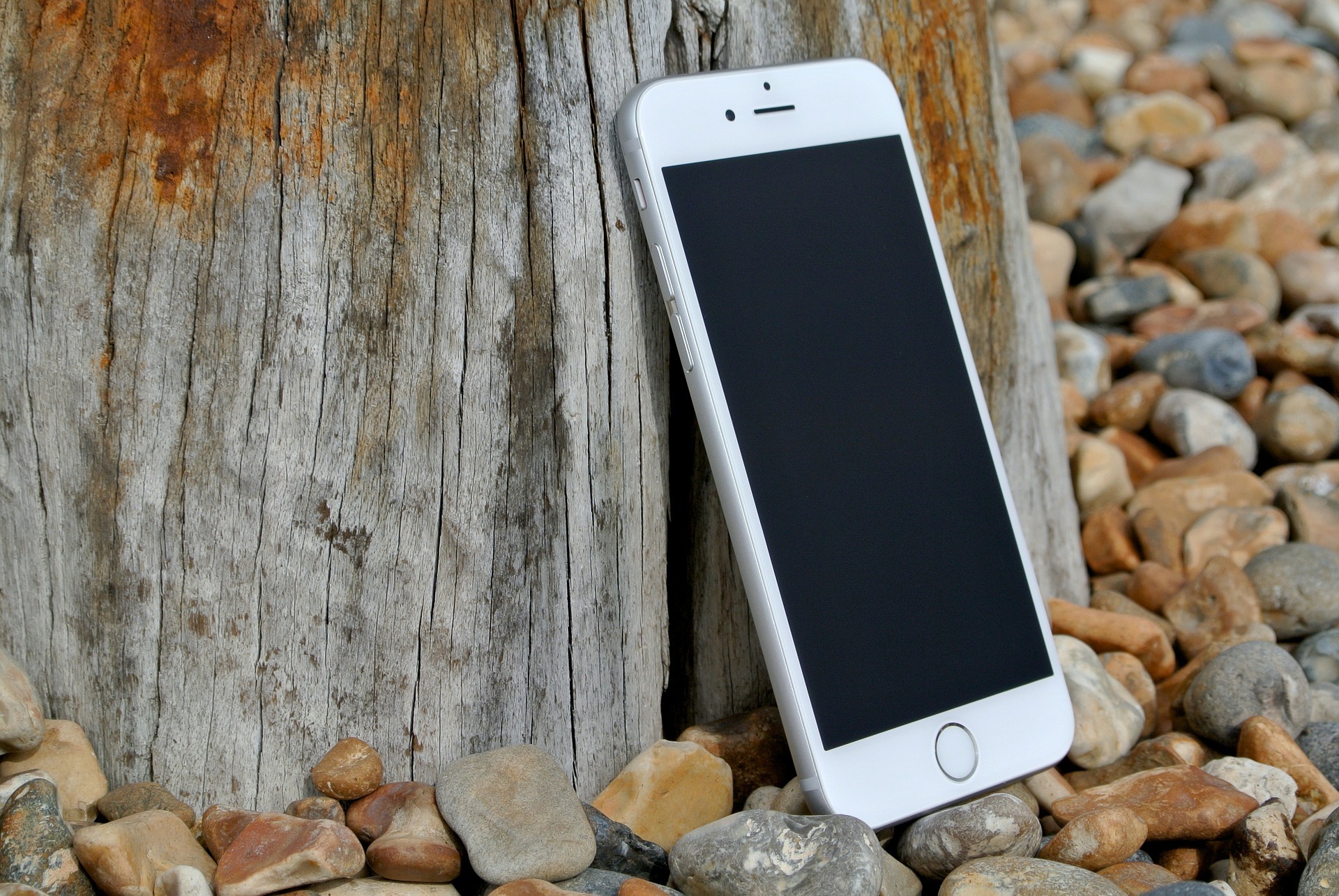By dropping the home key that the original iPhone introduced to the world, Apple has lived up to Steve Jobs’ famous incitation: “If you don’t cannibalise yourself, someone else will”.
What seems like a tiny design change is actually a major shift in the way we interface with our smartphones.
When it was introduced in 2007 the first iPhone broke with convention at the time by ditching all the keys we’d previously used on feature phones, and even the much-heralded keypad of the BlackBerry. Instead, it had a large touchscreen and a single home key.

With the iPhone 5 in 2012 Apple evolved the home key into the fingerprint reader. It later reinvented the home key into a two-click option, which let you see other open apps and swap between them.
All the other major iPhone updates (bar the so-called 3D Touch of the touchscreen, which is like a right mouse click) have been via software updates, making this hardware change more significant.
Without the home button and its fingerprint reader, Apple needed another biometric mechanism to unlock the phone and verify its users. It introduced facial recognition, using a number of cameras and sensors which are framed by a “notch” at the top of the screen – another design shift that some Android phone makers have shameless copied.
Using facial recognition to open the iPhone X has killed off the home button in favour of an upward swipe. It just works (at least about 95% of the time, much like the preceding fingerprint readers) and is a natural evolution of the interface. After a few days of fiddling, I was adept at it. It seems intuitive and easy to use.
Losing the home button on the iPhone X hasn’t created as many headlines as dropping the headphone jack but it is an infinitely bigger change. It has required app makers to adapt to this new biometric interface, but it has also allowed better features – and not just animated emoji with your facial expressions.
Android manufacturers have arguably found a better solution: moving of the fingerprint reader to the back of the device, which is frankly a more natural position when holding the phone.
The innovation in smartphone technology has bene plateaued for years. Increases in screen size, the additional of a second camera on the back, the reduction of the black strips around the screen (called bezels) and the waterproofing of phones are all marvels of engineering. But they aren’t innovation per se. You might include removing the home button in this description, but it is noteworthy.
But it should be seen for what it is: the end of a cycle of rapid growth, much like the iPhone X’s disappearing home button is the end of an era. There’s another one coming.
This column first appeared in Financial Mail